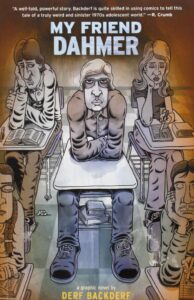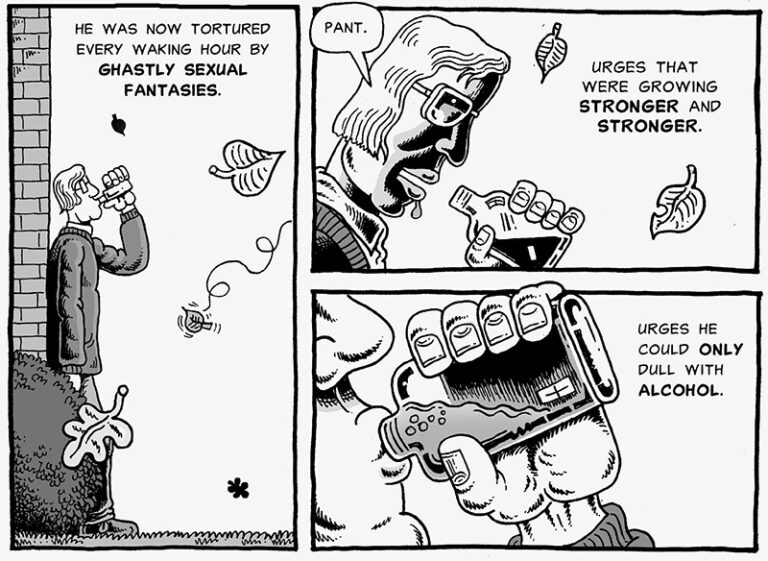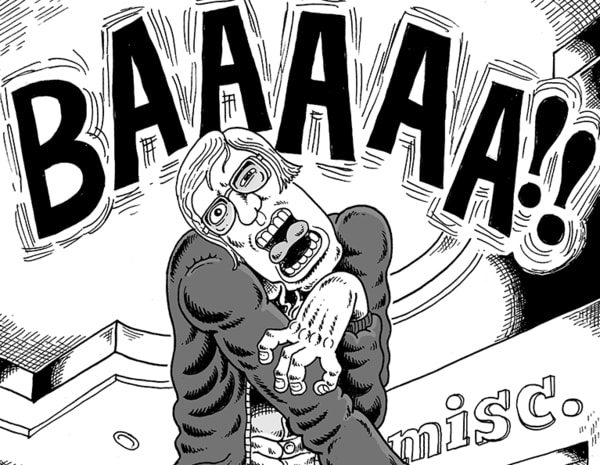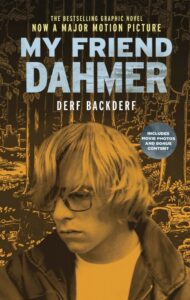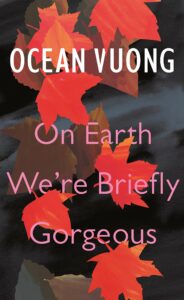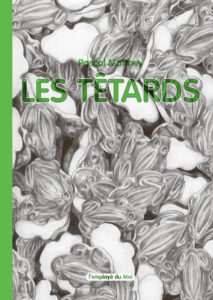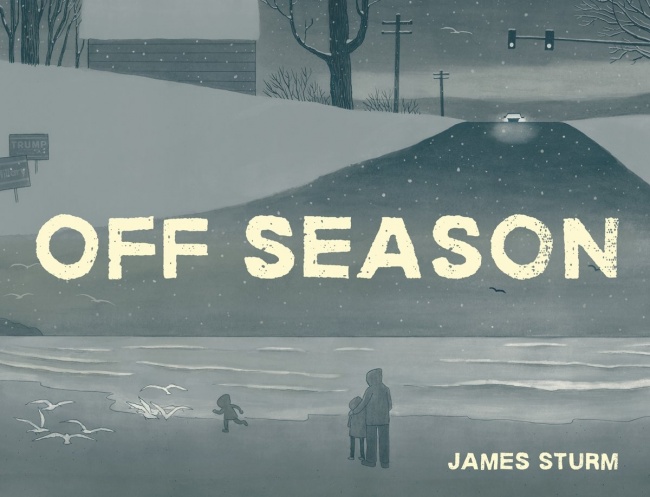
It took a while, but fall has finally reached my German hometown. As the days get shorter, I turn to some of the more somber books on my reading list, beginning with Off Season by US cartoonist James Sturm. Published in the beginning of this year by Drawn and Quarterly, the comic caught my attention early on because of its appealing art style and its references to the 2016 US presidential election. I’m glad I finally read it and can safely say that Off Season is among my favorite books of 2019.
But let’s start from the beginning: Off Season is an episodic comic that tells the story of a family caught in the turmoil of a disintegrated marriage. The events are set in New England during the snowy winter of 2016 and narrated by Mark, a freshly separated husband and father of two kids. From the very beginning, we get the sense that he is struggling, not only with the end of his marriage, but also with financial issues and personal mental health. While their emotional wounds are still sore, both Mark and his estranged wife make efforts to reach some form of agreement in order to take care of their children. Apart from their private struggles, the family is also shaken by the ongoing 2016 US presidential elections and the growing political divide of the country. Mark and Lisa were both avid supporters of Bernie Sanders, one of the Democratic candidates in the primary election, but later disagree on Hillary Clinton as the Democratic Party’s final candidate.

What is immediately striking about Sturm’s comic are its drawings and its layout. Off Season’s plot is utterly realistic but its characters are anthropomorphic animals drawn with clear lines and a grey wash reminiscent of watercolor. This gives the images an appealing depth and contributes to the generally melancholic atmosphere of the story, especially during the winter scenes in the later episodes. In addition to its drawings, Off Season also features an unusual format and layout: the book has a rectangular shape and each page consists of two panels of the same size. As the artist explained in an interview, he originally drew the single panels on index cards. While the simple two-panel comic-strip layout sounds like it would impede any form of advanced storytelling, it works surprisingly well in practice. Sturm accomplishes the feat of making each episode feel significant on its own while still advancing the overall narrative. This is also due to the superb writing: Off Season packs an emotional punch, but it never feels overburdened by its themes.
Sturm deftly intertwines the personal and the political in his work while also addressing the growing economic rifts within the United States. Reading Off Season made me feel the intense strain of its principal character who works in construction and is trying to get by, despite being taken advantage of by his employer and supplying for his kids. Ultimately, Off Season invites to be read as a story about the modern struggles of masculinity, fatherhood and the genuine difficulties of family life after separation. It is a great comic and one I will surely return to in the wintry days ahead.
Off Season
James Sturm
2019
Drawn & Quarterly
